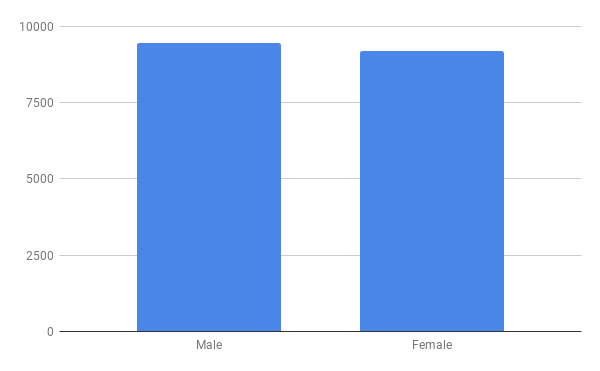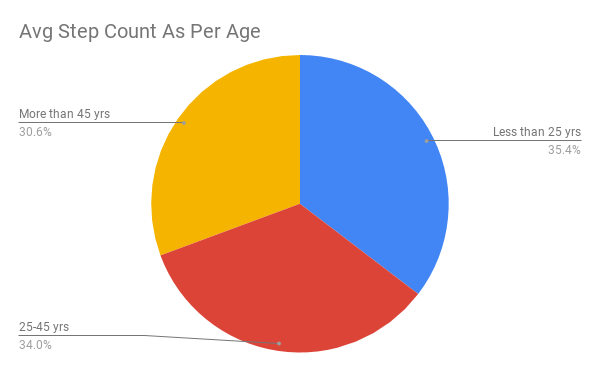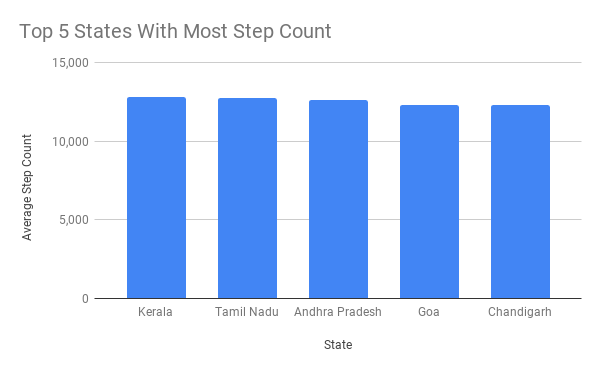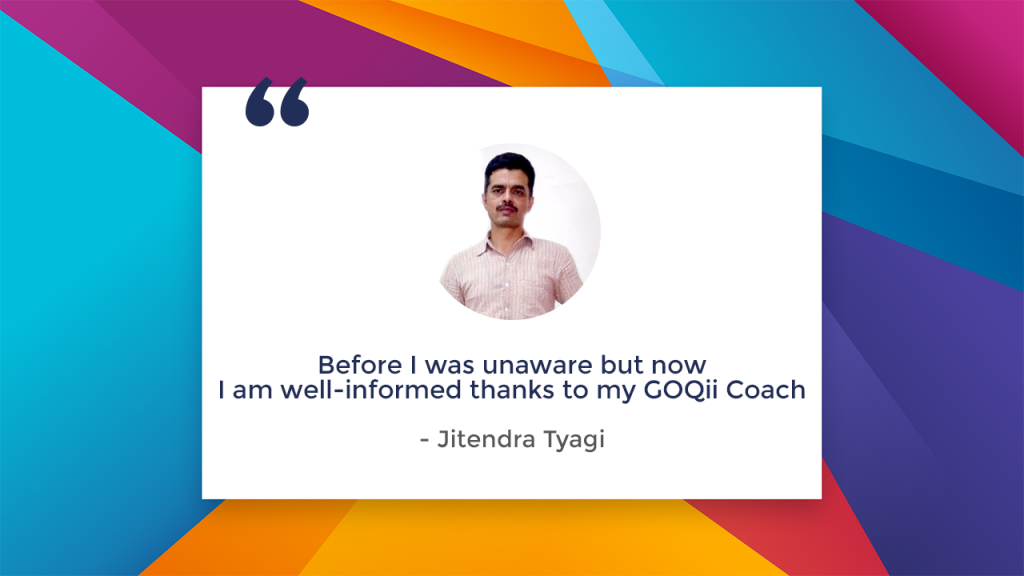 1. India Defies Stanford University Report 2017 and Becomes Active!
1. India Defies Stanford University Report 2017 and Becomes Active!
On 22nd February 2019, GOQii launched the India Steps Challenge in partnership with Network18. The challenge was conceptualized after we came across a 2017 study by Stanford University which deemed Indians as the laziest in the world, clocking in an average of only 4297 steps per day.
This step count was further challenged in 2018, when our GOQii IndiaFit Report stated that the average step count had increased to 6783 steps per day.
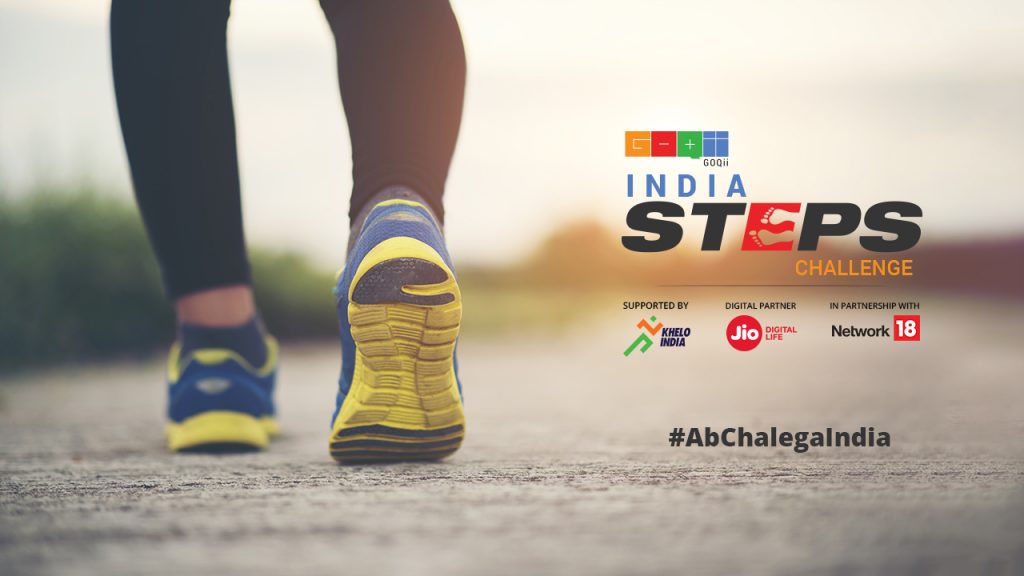 The India Steps Challenge ended on 1st June 2019 with most prizes being claimed fully. After witnessing stunning participation of over 2 million people across 35 states including Union Territories in the country, we are proud to announce that the national average has now increased to 9391 steps per day, beating Stanford’s research by 118%.
The India Steps Challenge ended on 1st June 2019 with most prizes being claimed fully. After witnessing stunning participation of over 2 million people across 35 states including Union Territories in the country, we are proud to announce that the national average has now increased to 9391 steps per day, beating Stanford’s research by 118%.
The challenge saw people from all walks of life participate and even received support from noted personalities. Read more here!
Winner Gives All!
Rajneesh Sharma from Pathankot in Punjab won the grand prize of Rs. 5 lakh. He managed to clock in an average of 39,657 steps daily! Rajneesh was able to achieve this by being active for 5-6 hours a day. Apart from him, there were 3 other players who clocked a daily average of 36,000 steps a day.
“I am very happy to have won this challenge as I have decided to give this money to an NGO – ‘Shiv Bhole Langar Samiti’ with whom I volunteer. This NGO feeds people in Himachal Pradesh’s Hadsar and Gauri Kund area. I participated and started walking to keep myself fit only to be able to climb up 13 km to feed people as part of the NGO work. Then my friends joined me and that kept me motivated.”
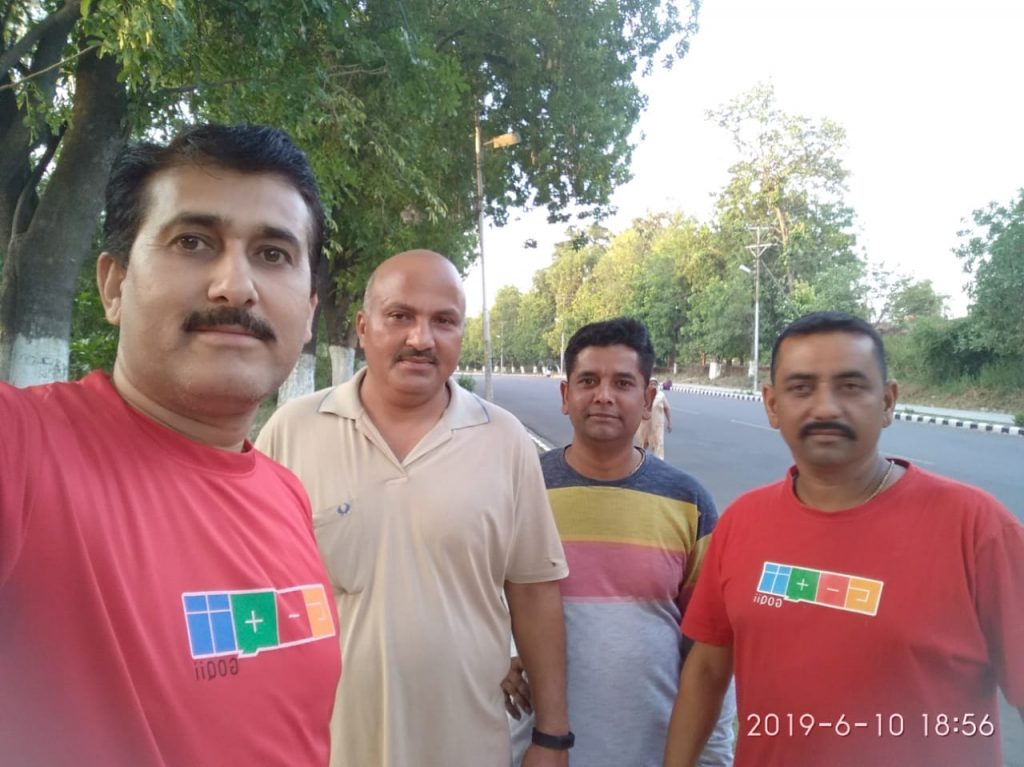
Rajneesh Sharma (left) with his friends
For some, what started as a challenge to earn rewards later become a start towards a healthy life. We had multiple reports of participants who continued walking 6000 steps or more once the challenge was over. There were some who lost weight, were happier and healthier than before as well!
2. Get Upto 90% Discounts on the GOQii Health Store

Have you been keeping a keen eye on the app? There are some amazing discounts on the GOQii Health Store that go up to 90% using GOQii Cash. The timings are:
- 11 AM to 1 PM
- 5 PM to 7 PM
- 7 PM to 9 PM
3. Soulfull Now Available in the GOQii Health Store
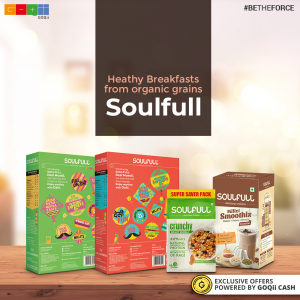 Are you game for something tasty and delicious? Soulfull, our newest addition on the GOQii Health Store offers a range of healthy breakfast cereals which include Original Ragi Flakes, Flavoured Flakes, Vanilla and Choco-filled Ragi Bites, Millet Muesli, and Oat Millet Meal. Treat yourself to awesomeness right now!
Are you game for something tasty and delicious? Soulfull, our newest addition on the GOQii Health Store offers a range of healthy breakfast cereals which include Original Ragi Flakes, Flavoured Flakes, Vanilla and Choco-filled Ragi Bites, Millet Muesli, and Oat Millet Meal. Treat yourself to awesomeness right now!

In the next few months, you will want to pay close attention to GOQii Play as something big is coming your way! Now, you get 50 GOQii Cash for attending a class on GOQii Play. To add to it, all the knowledge you can get through these classes will help you in the next challenge we have planned with even more exciting prizes. You worked your body during the India Steps Challenge, now get ready to work your mind!
Stay Tuned for More Details!
4. Latest Buzz From the World of Health & Fitness
- WHO Recognizes Burn-Out as an “Occupational Phenomenon”: Burn-out is now included in the 11th Revision of the International Classification of Diseases (ICD-11) as an occupational phenomenon. It is not classified as a medical condition.
- International Day of Yoga: This year, International Day of Yoga will be held at Ranchi on the 21st of June. The day will witness over 30,000 people participation led by Hon. Prime Minister Narendra Modi.
- Nipah Virus Resurfaces in Kerala: The virus that claimed 17 lives last year has resurfaced in Kerala but the State Health Minister KK Shylaja says do not panic as they are well-equipped to deal with the issue. Union Health Minister Harsh Vardhan said that no new case of Nipah Virus infection has been reported in Kerala.
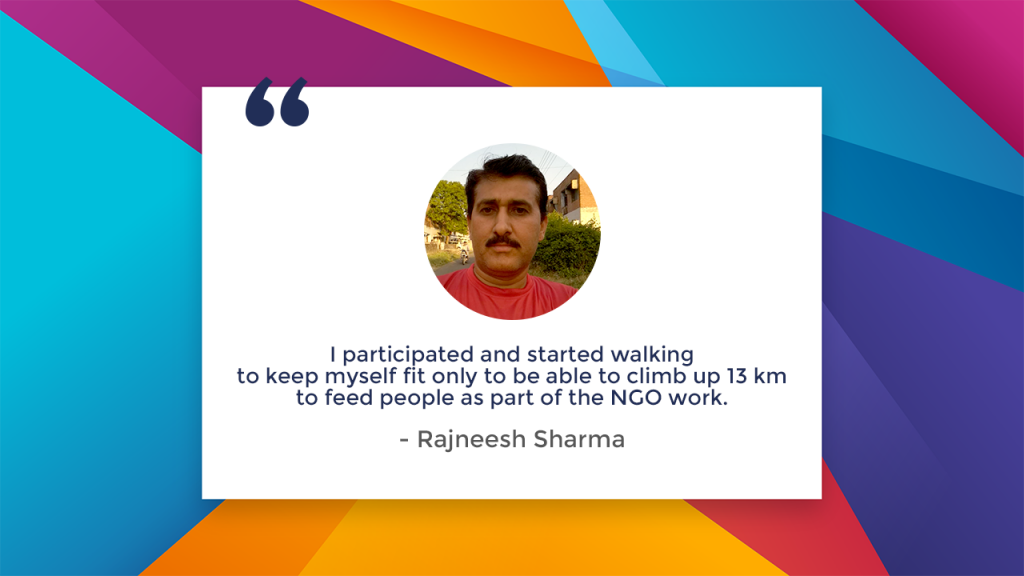 What if you had a chance to win Rs. 5 lakh? How far would you go? What if the odds weren’t completely in your favor? Would you still keep going? When the GOQii India Steps Challenge presented our players with an opportunity to earn rewards for walking, many individuals stepped up to the challenge. But, there were only a few that rose to the top! One of those challengers was Rajneesh Sharma.
What if you had a chance to win Rs. 5 lakh? How far would you go? What if the odds weren’t completely in your favor? Would you still keep going? When the GOQii India Steps Challenge presented our players with an opportunity to earn rewards for walking, many individuals stepped up to the challenge. But, there were only a few that rose to the top! One of those challengers was Rajneesh Sharma.